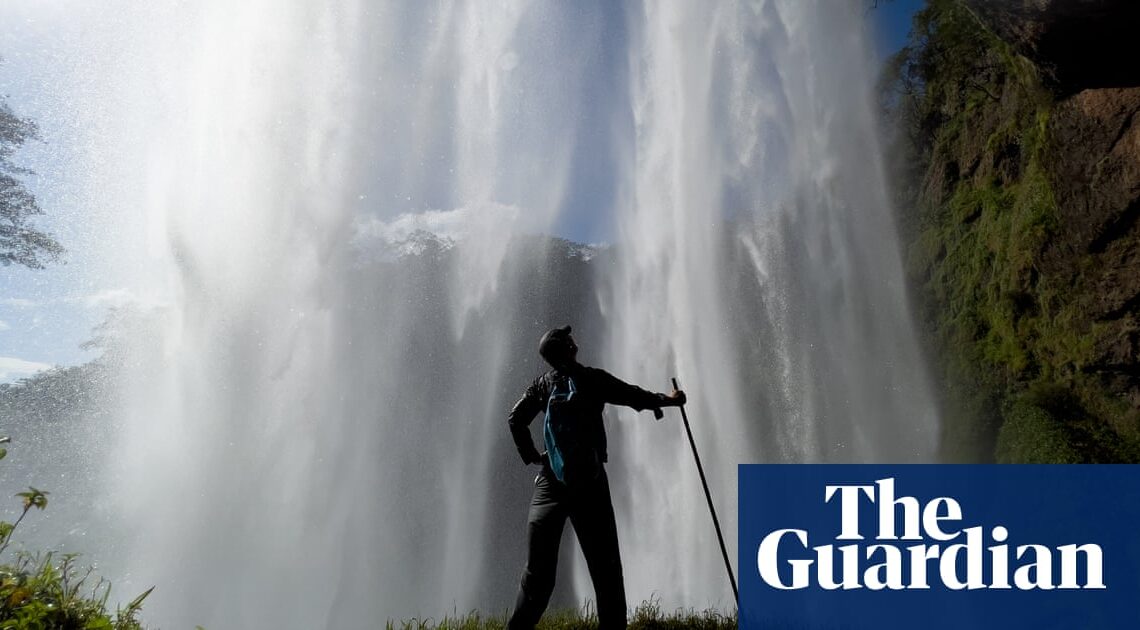Suddenly the road loses the plot. Deep holes spread like a rash, then become pits that expand into missing sections filled with rainwater. An old man on a mule saunters past, unsmiling. The landscape remains the same: rolling ranching land dotted with clumps of jungle, banana and bamboo, though the houses are smaller, and poorer. The neatly painted homes of earlier in the day give way to wooden shacks. Chickens, dogs and children scratch around them. Under a thatched roof someone dozes in a gently swaying hammock. The car drops a wheel into a hole with a sickening crunch.
Panama is a neighbour to Costa Rica, and the two countries share many features, including some of the most biodiverse forests on Earth. According to UN figures, Panama has about 4.2m hectares of forest, Costa Rica 3m hectares. However, stepping across the border a few days earlier, I was immediately made aware of differences. Panama seems sharper. There’s more traffic on the Pan-American Highway, garish adverts in the towns, and US-style shopping malls. Signs of consumer wealth, however, are matched by those of poverty. Now I am seeing another difference: Panama has more Indigenous people – almost half a million from a total population of about 4.3 million – and one of the trunk roads into their main rural area is disintegrating in front of us. Eventually, we pull up outside our destination and a young capuchin monkey runs out, vaults up my leg and nips me on the arm. It doesn’t draw blood, but it’s not much of a welcome.
I’m on a trip through Central America, flying into the Costa Rican capital of San José and out from Panama City, travelling overland between. Long-haul flying demands serious justification and I am hunting the kind of projects and places that make a good case for benefiting, or even saving, some of that unique environment. In Costa Rica the basic framework set in place by government – numerous large national parks and solid environmental protection laws – makes finding and pursuing new eco-projects much simpler. In Panama, things can be quirkier and more home-spun – a lot more depends on individuals. This trip is all about special individuals, one of whom I am about to meet.
For the past 10 years, a community worker, Willow, has been trying to kickstart tourism in Ngäbe-Buglé, one of the five comarca indigena, indigenous communal areas, but it is an…
Click Here to Read the Full Original Article at Travel | The Guardian…
